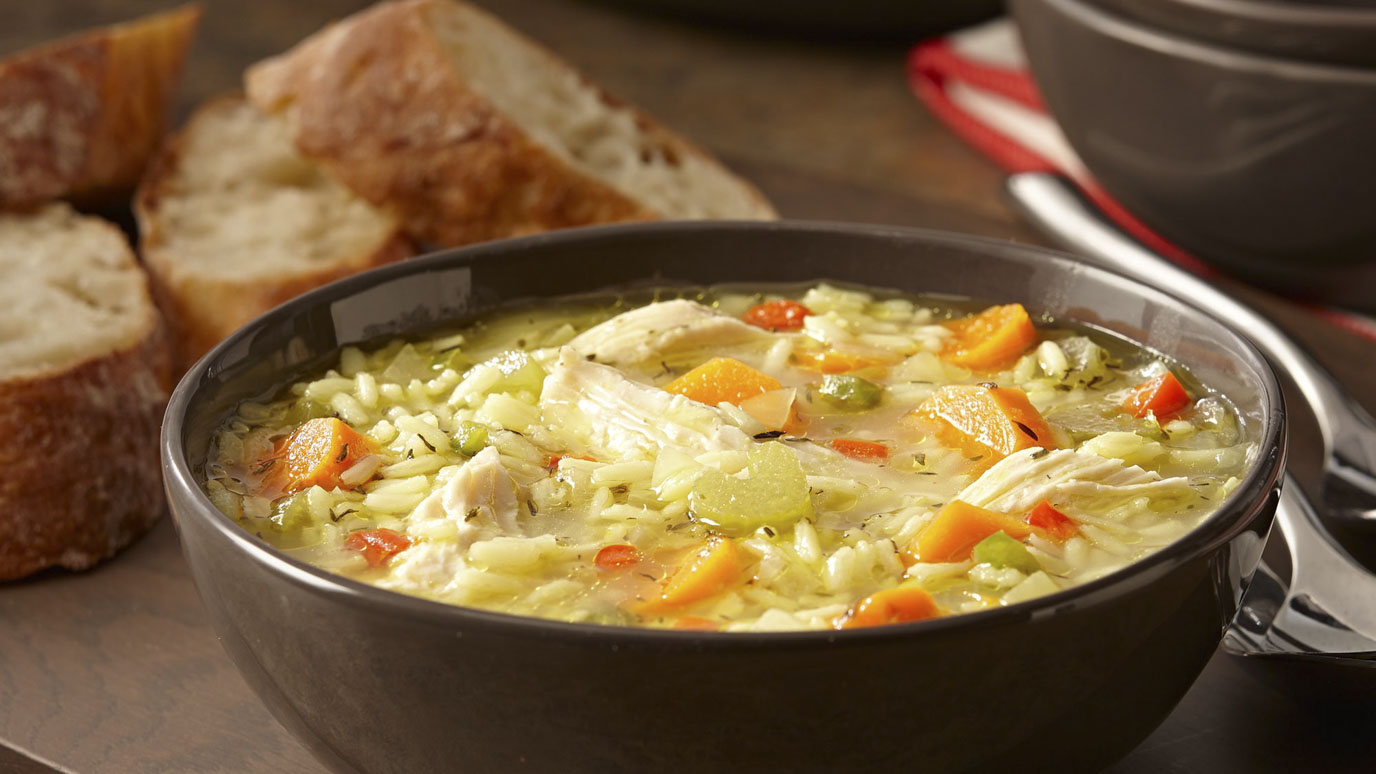There’s a moment during every cook’s first milk-braise when it becomes clear that life will never be the same. For me, it happened when the creamy liquid hit the hot skillet, gushing between two double-cut pork chops that had been seared to deep mahogany. My kitchen became thick with the scent of bloomed fennel seed and sweet dairy, and almost immediately, the milk began to simmer, creating a luxurious hot tub in which my pork would become so tender, the first bite would nearly make me lose my balance.
For my newfound milk-braising bliss, I have Rita Sodi and Jody Williams – who recently released Via Carota, a tome of Italian recipes centered around dishes served at their eponymous West Village trattoria – to thank. Contained within are the secrets of their braciole al latte, pork chops braised in milk, which alerted me to the magic of this technique.
The recipe begins with pork fat – more specifically, with instructions for making strutto, an empyrean paste of pancetta, pork belly, garlic, rosemary, and fennel. You rub down the (previously brined) chops with this mixture, then sear them in a hot skillet on both sides, nestling in a few leaves of lacinato kale. Then in goes the milk, enough to partially drown the chops before you slide the pan into the oven to finish cooking.
Milk-braising relies on lactic acid, which tenderizes meat and inhibits dryness. In an acidic environment, meat pulls in more moisture and softens more quickly. Then there are the sugars present in dairy, which round out the flavors of whatever’s being braised. As the milk cooks, it curdles – a good thing, for once – and in Sodi and Williams’ braciole, it makes a creamy, aromatic gravy for the chops.
Sodi, who grew up north of Florence, has known about milk-braising for as long as she’s been cooking. People have been braising with milk in Italy and elsewhere for centuries if not longer. “It sounds like something a dairy farmer would do. If you had money, you’d braise in wine with spices,” says Ken Albala, culinary historian and professor at University of the Pacific, who points to recipes for other slow-simmered dishes in early cookbooks.
Of course, there are many early examples of meat simmered in dairy or dairy-like deputies, as with yogurt-based curries or the coconut-milk-based soups of Thailand. As Harold McGee notes in On Food and Cooking, intentionally curdling milk in cooked dishes dates back as early as the 17th century, when French writer Pierre de Lune described reduced milk being “marbled” by acidic currant juice.
Pork is a good starting point, but as I’ve learned, you can milk-braise just about anything. “You could do pumpkin with cinnamon sticks, or big turnips with juniper,” Williams says, adding that celery root and cabbage take wonderfully to the technique.
Her only hard and fast rule? The braising liquid must be whole milk; forget cream (too oily) or skim (not enough fat). The meat or vegetable you choose should also be large enough that it won’t overcook before the milk separates, which takes time.
Williams recommends searing the main ingredient before braising it (at 400ºF); you’ll know it’s ready when it has fully surrendered its rigid structure.
“You’ll want to wreck it,” says Williams.
This article was written by Ella Quittner from Saveur and was legally licensed through the Industry Dive Content Marketplace. Please direct all licensing questions to legal@industrydive.com.








